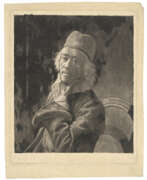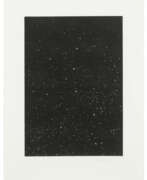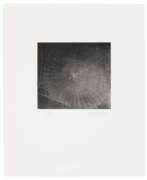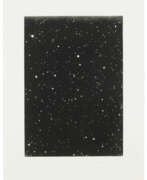Mezzotinto
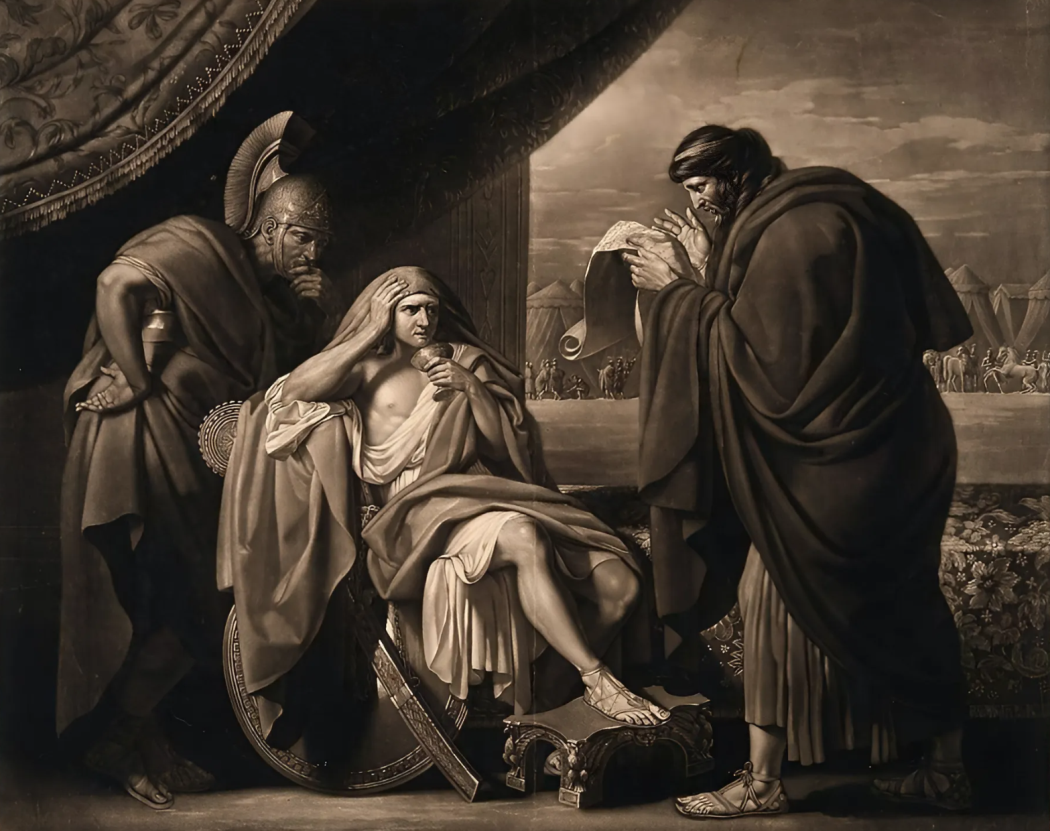
Mezzotinto
Mezzotinto was an Italian printmaking technique, known for its rich tonal range and detailed gradations. This intaglio printmaking method involves roughening a metal plate to create a textured surface, which is then smoothed in varying degrees to produce light and shadow. Originating in the 17th century, mezzotinto became particularly popular for reproducing paintings, especially portraits and landscapes, due to its ability to capture subtle shades and fine details.
The process of creating a mezzotinto print starts with a roughened plate, often using a rocker tool, to create a dark, velvety black. The artist then works from dark to light, burnishing and scraping the surface to bring out the desired image. This technique allows for soft transitions and deep contrasts, making it unique among printmaking methods.
Mezzotinto prints are renowned for their dramatic visual effects and exquisite detail. Notable works in this medium are displayed in major museums and galleries, showcasing the skill and precision required to master this technique. Collectors and art experts value mezzotinto prints for their historical significance and aesthetic appeal.
Sign up for updates on mezzotinto to be alerted to new product sales and auction events related to this exquisite printmaking technique.
| Land: | Deutschland, Europa, Vereinigtes Königreich |
|---|---|
| Beginn des Zeitraums: | XVII. Jahrhundert |

